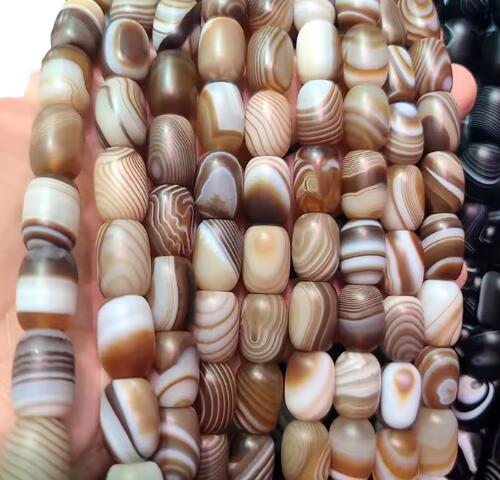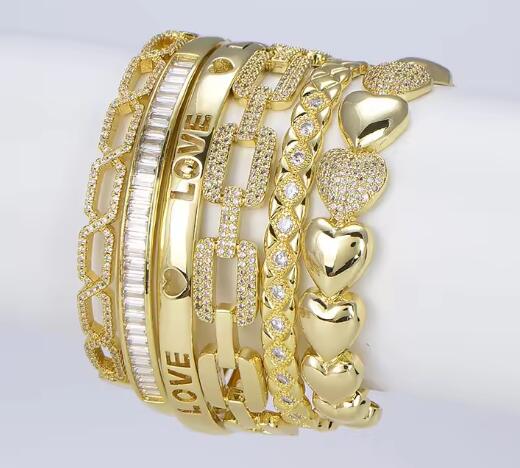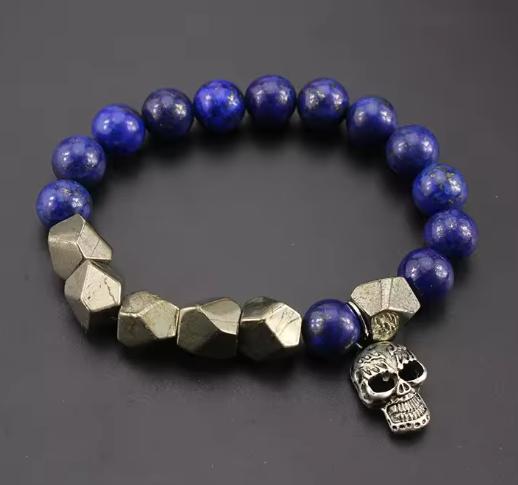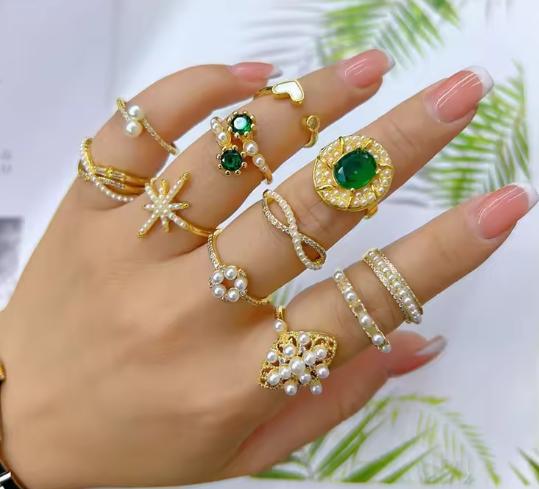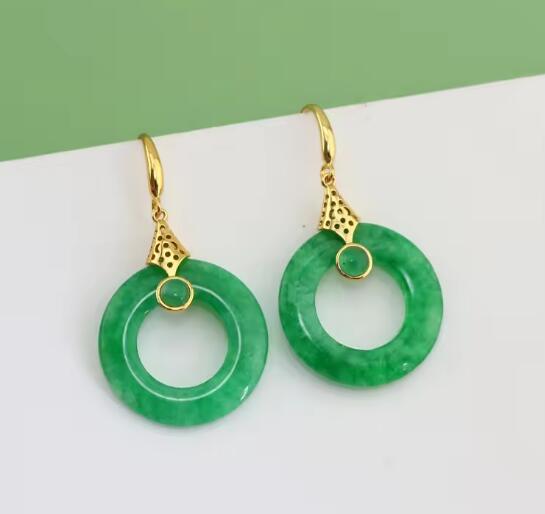Zircon Identification: What the Naked Eye Can and Cannot Reveal
Zircon remains one of the most misunderstood gemstones in the jewelry world, frequently confused with synthetic cubic zirconia despite being a completely natural mineral. While definitive identification requires professional gemological testing, several visual cues can help distinguish genuine zircon through careful observation. Understanding both the possibilities and limitations of visual assessment is crucial for jewelry enthusiasts and collectors.
Distinctive Visual Characteristics of Zircon
Trained observers can identify several key characteristics that set zircon apart:
1)Exceptional Light Performance: Zircon possesses a high refractive index that creates remarkable brilliance, often exceeding that of many other natural gemstones. This exceptional light return is particularly noticeable in well-cut specimens.
2)Pronounced Fire: The stone's strong dispersion produces visible rainbow-colored flashes in standard lighting conditions. This characteristic is especially apparent in white zircon and lighter-colored varieties.
3)Double Refraction Phenomenon: When viewing faceted zircon through its pavilion facets under proper lighting, the doubling of back facets provides a distinctive identification marker not found in diamond or its common simulants.
4)Color Range and Saturation: Natural zircon occurs in diverse colors including blue, golden yellow, red, green, and earthy brown tones, typically displaying strong color saturation and occasional subtle zoning.
Practical Visual Assessment Techniques
These non-destructive methods can aid in preliminary identification:
1)Comparative Weight Assessment: Zircon has a specific gravity of 4.6-4.7, making it noticeably heavier than similar-sized quartz, topaz, or cubic zirconia when held in the hand.
2)Thermal Conductivity Check: The fog test—breathing on the stone to observe how quickly condensation dissipates—can provide clues, though this method requires experience for accurate interpretation.
3)Luster Quality Examination: Zircon typically exhibits an adamantine (diamond-like) luster that differs from the vitreous shine of many other transparent gemstones.
4)Edge Sharpness Inspection: Due to its brittleness and perfect cleavage, zircon may show characteristic wear patterns along facet edges over time.
Critical Limitations of Visual Identification
Understanding what naked-eye examination cannot determine is essential for proper gemstone evaluation:
1)Treatment Detection: Most blue zircon undergoes heat treatment to achieve its color, a process that requires advanced instrumentation to confirm.
2)Origin Determination: While some zircon varieties like red or green may suggest specific geographical origins, verification requires laboratory analysis.
3)Synthetic vs. Natural Differentiation: Laboratory-grown zircon exists in the market and is visually identical to natural specimens without proper testing.
4)Quality Grading Accuracy: Precise assessment of color grade, clarity characteristics, and cut quality necessitates professional training and equipment.
When Professional Verification Becomes Essential
Seek gemological laboratory services in these circumstances:
1)Before significant financial investments in zircon jewelry
2)When the stone displays unusual size (typically over 5 carats) or exceptional characteristics
3)For insurance appraisal purposes or estate documentation
4)When purchasing antique pieces represented as natural zircon
Conclusion: Balancing Observation and Expertise
While visual identification of zircon through its distinctive brilliance, fire, and doubling effect provides valuable preliminary information, these methods should be viewed as complementary rather than conclusive. For important acquisitions or collection development, professional gemological certification remains the benchmark for accurate identification and complete treatment disclosure. Nevertheless, developing observational skills enhances appreciation for zircon's unique optical properties and helps collectors make more informed decisions when evaluating this historically significant yet frequently overlooked gemstone.
